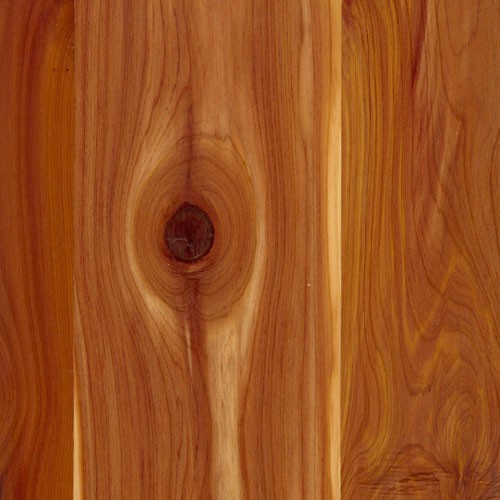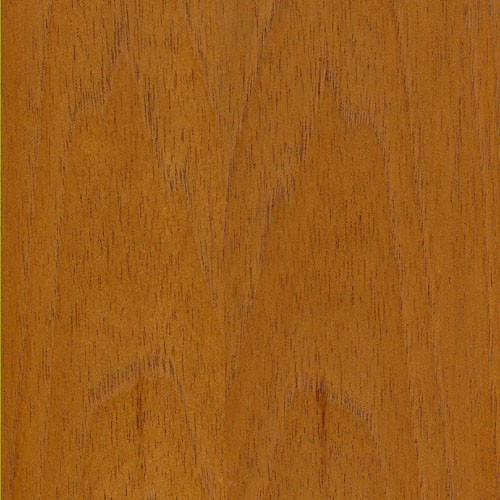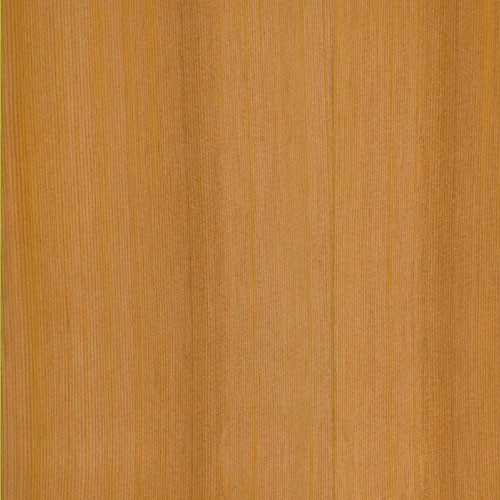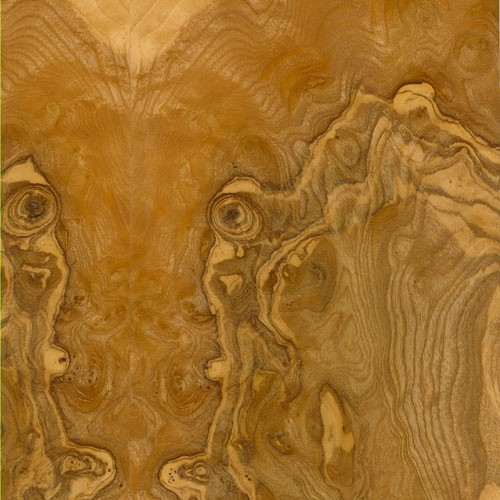Spanish Cedar
[Cedrela odorata]
One of the world’s most important commercial timber species, especially in Tropical America regions, Spanish Cedar grows natively throughout Central America, South America, the Caribbean, and the Pacific Coast of Mexico.
An aromatic, moderately lightweight wood with insect-repelling properties, Spanish Cedar is commonly used for wardrobes, closets, and clothing storage purposes, as well as traditional cigar boxes and humidors — as you might expect of a Cedar. Except, Spanish Cedar isn’t a true Cedar. Instead, it’s more closely related true Mahoganies.
Another interesting thing is that as a fast-growing deciduous tree Spanish Cedar is a natural pioneer species that’s a great choice in reforestation schemes. And yet, because the high-quality timber of large, mature Spanish Cedar trees is so popular and valuable, the species has been harvested so aggressively the last 200 years that it’s now considered vulnerable in its native habitat.
It only takes a quick glance at Spanish Cedar to understand its commercial popularity — it’s classically beautiful, ranging from a light pinkish to reddish brown color that tends to darken with age. The grain tends to be straight, but can be shallowly interlocked, with little to no figure. And it has medium texture and moderate, natural luster.
All of which make Spanish Cedar an attractive choice for wood veneer sheets, custom plywood, cabinetry, boatbuilding, and musical instruments, especially flamenco and classical guitars.
Species Distribution:
Central America
South America
Caribbean
Pacific Coast Mexico
Common / Alternative Names:
Cuban Cedar
Cedro
Janka Hardness:
600 lbf
Sustainability Status:
CITES Appendices: Not listed
IUCN Red List of Threatened Species: Listed as vulnerable due to a population reduction of over 20% in the past three generations, caused by a decline in its natural range, and exploitation.












